What We Leave Behind
Photos are usually things we want to have a memory of. People, places, vibes. Artists in the field of photography will evoke emotions about subjects that might have very little to do with your own life. This is just a hobby for me though. I take photos to save something for later, or to show to friends and family, like almost everyone else does. However, on a trip I took in early February it was just as much about what I was photographing, as it was what I was photographing with - my stepfather’s cameras.
I mentioned it before, in my blog post about camera stuff, but my hobbyist interest in photography really has a lot to do with my stepfather, Ira. He passed away a little more than a year ago after many years of suffering from Alzheimers. A disease that robbed him of everything, including his love of photography. He used to go out every day with his Nikon D90 and shoot pictures at Ballast Point, or photos of a nesting osprey, until he couldn’t.
I went through his prolific, if disorganized, photo library. Copying them off of old laptops, looking through them for the ones to highlight his life, and his interests. There was just so much, and over such a long span of time.
There was also the task of sorting through his camera gear. He didn’t take great care of everything, but he held on to a lot of stuff. Through the photos, and the gear, I’d remember the conversations I’d have with him. He’d tell me about how Nikon was better than Canon, about how aperture priority was the only way to shoot, to never upload your photos to internet because anyone can steal them, and the patience to wait for a shot instead of just snapping and moving on, etc. He was very opinionated, and I’ve never uploaded his photos anywhere because he was so completely against that.
He was annoyed when the film lab in Tampa stopped processing and printing true black and white film in the early 2000s, and his prints all had a bluish or greenish tint to them. He loved black and white film photography, but he recognized it wasn’t practical in the mid 2000s. He didn’t get to experience film becoming trendy again and we couldn’t really have a conversation about it by then.
I still associate him with black and white film, even though he had far more color photos. Especially when he started shooting digitally and just could fire away without thinking about running out of a roll, or developing. No matter what he was shooting with, he was almost always shooting pictures of birds, squirrels, and any little critter he’d come across. Occasionally, when he travelled with my mom, he’d take photos of the places they were, but he was not really a portrait photographer. Much like I am not really a portrait photographer.
I have copies of all his photos on a drive, and so does my mom. When I was there in September she wanted to go through his equipment and we sorted and categorized what was there (and also put lens caps and cases on things that was loosely packed in a rattan basket).
The two film SLRs he had in his collection still were a Nikon N65, and a Nikon N80. In the retro-film-photography hobby neither of those are particularly desirable cameras compared to the other Nikons where people tend to prioritize the manual cameras of the late 70s and early 80s, or the very high-end F4, F5, F6. Even though I’ve been shooting with the Minolta X-700 that I added to my collection during the pandemic, I didn’t really have a need for two more film cameras, but they were Ira’s cameras.
They sat in some plastic bags for a few months at my home. They suffered from a common problem with that era of Nikon where the rubberized plastic starts to break down into glue so the whole thing needs to get wiped down with isopropyl alcohol and I just kept putting it off. They needed to be tested. I also wanted to have something kind of important to use them for. Then I had to find the right batteries and hope the electronics worked. I didn’t want to just take photos of my desk though, I wanted to go out and take some photos that were kind of an homage to him.
That meant seabirds.
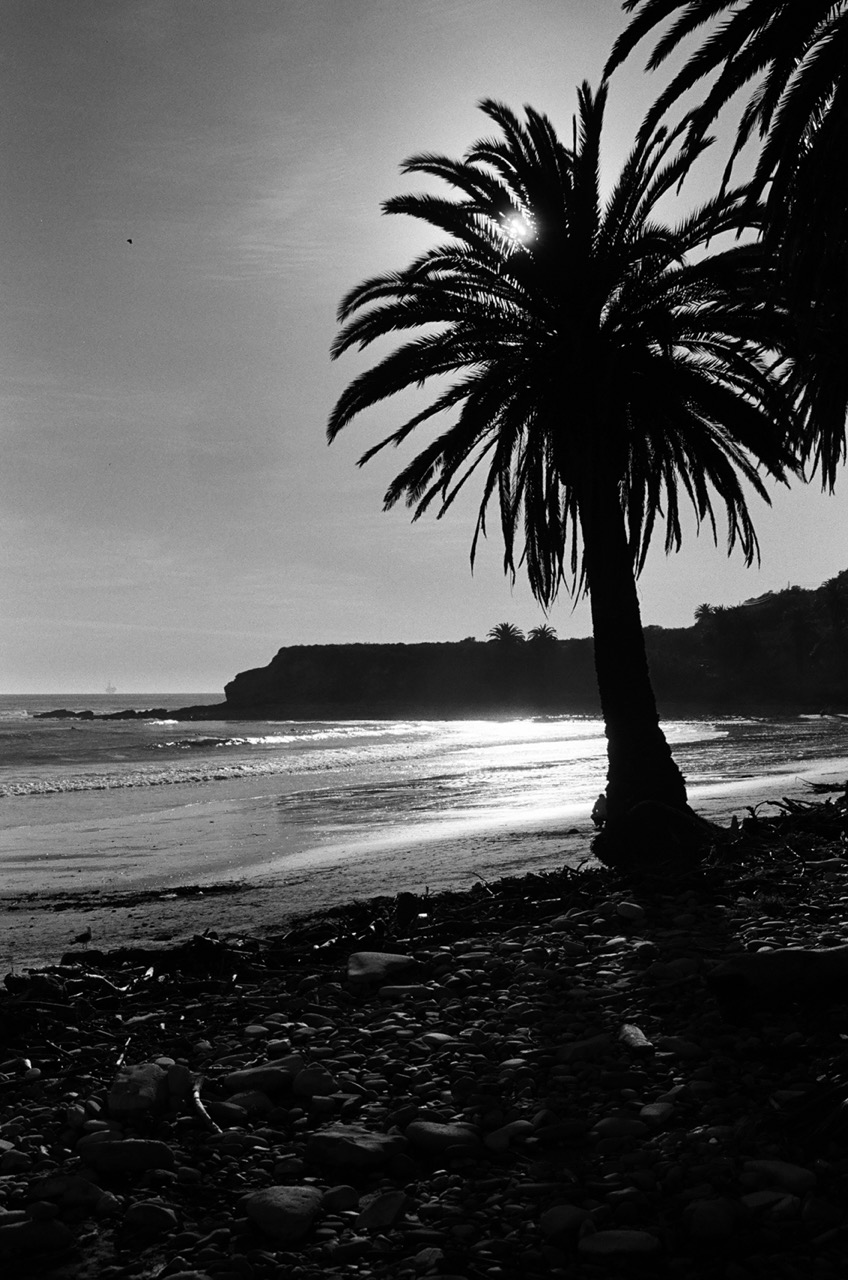
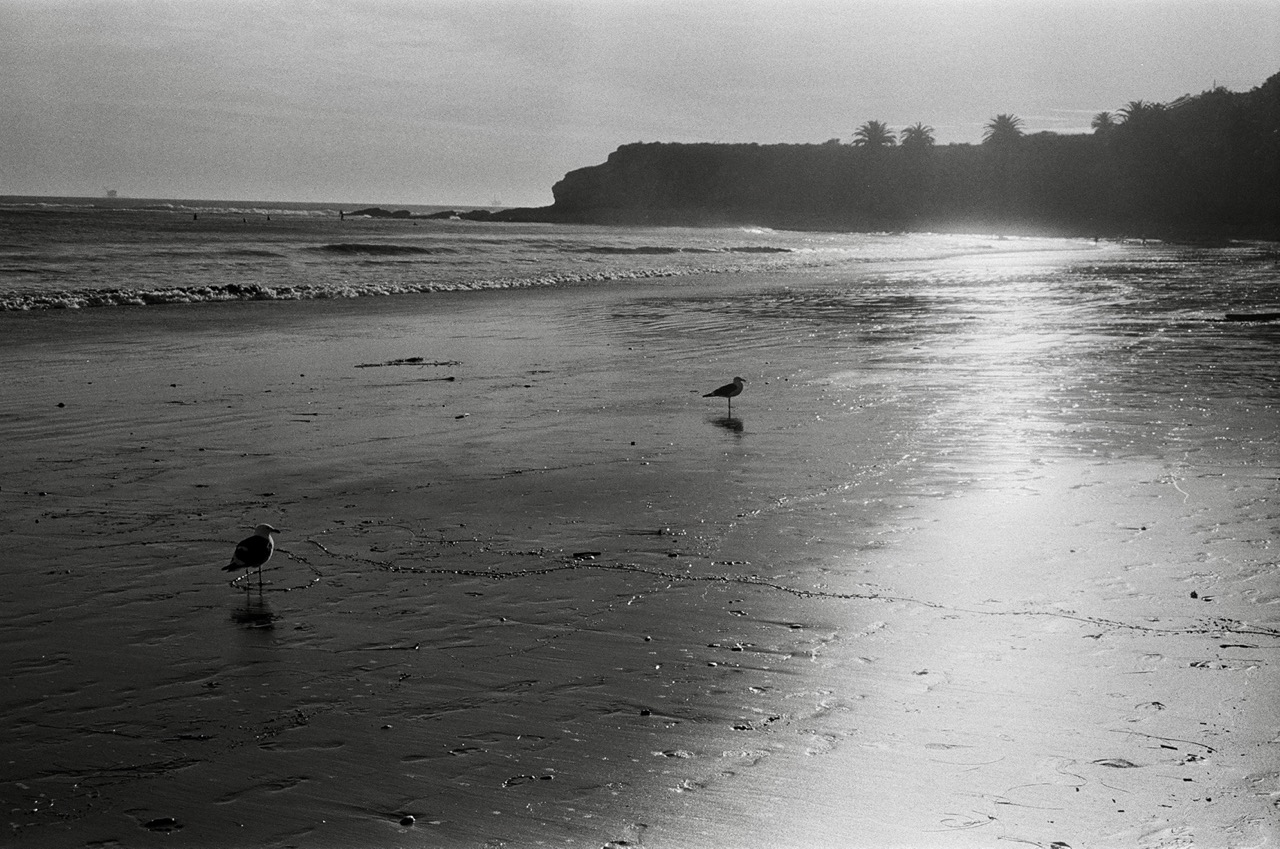
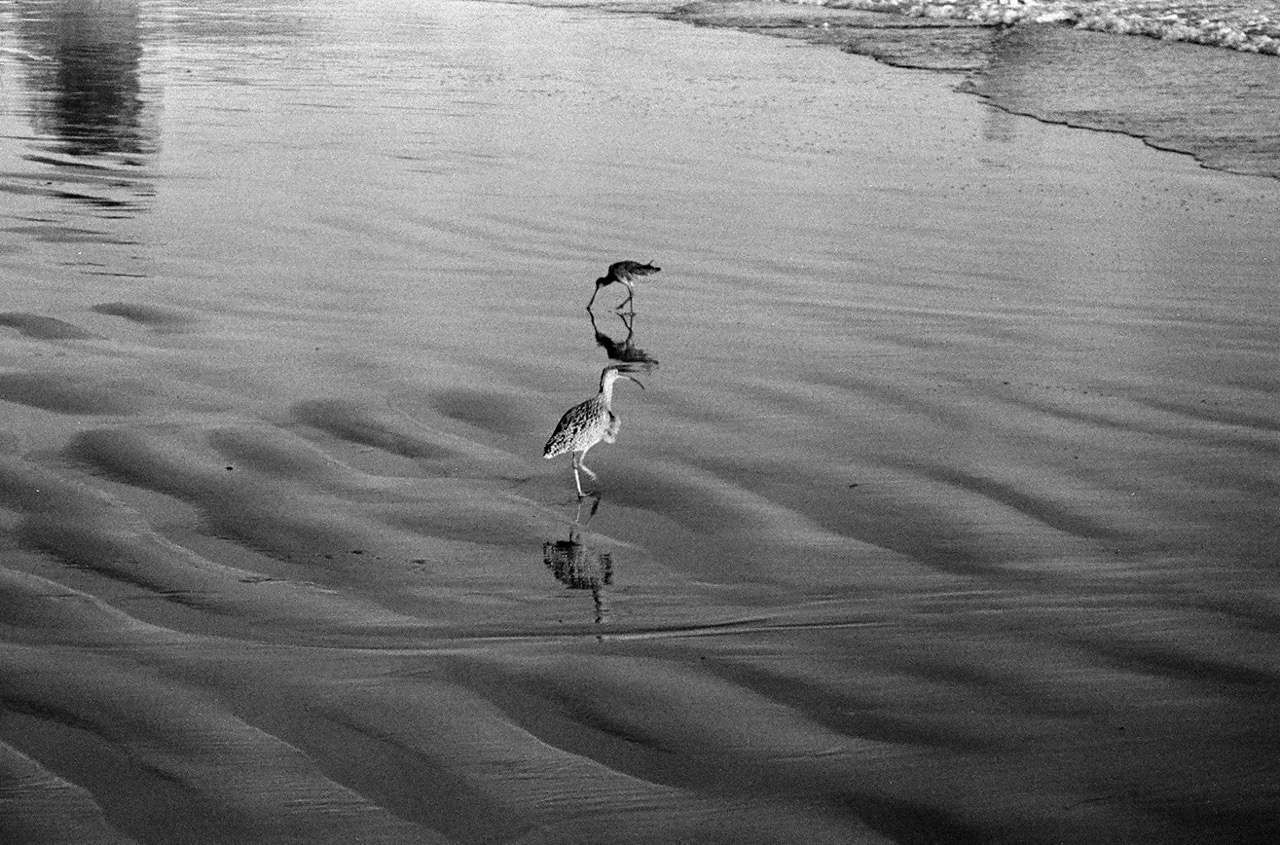
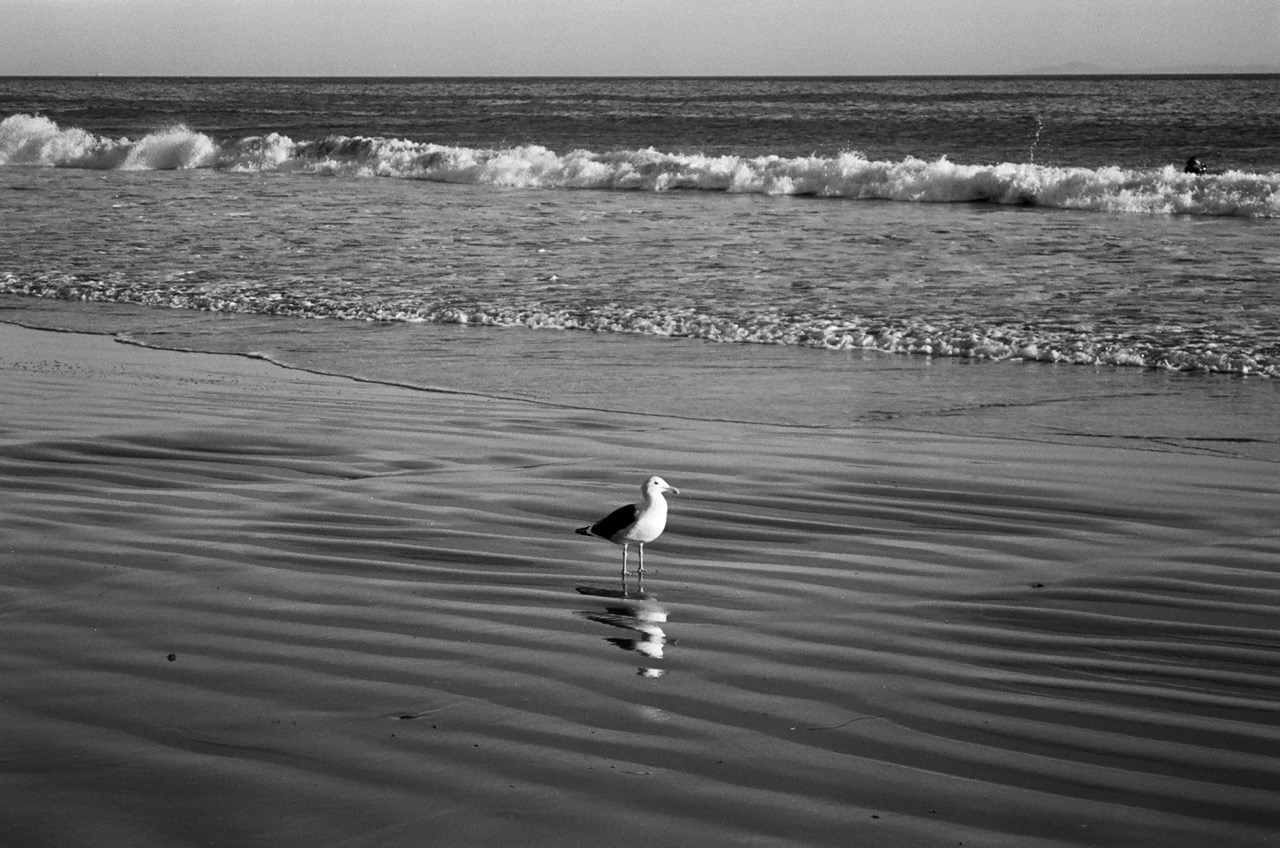
I packed the Nikon N65 with two of Ira’s lenses: a Sigma 28-90mm F3.5-5.6 Macro and a Nikon 28-80mm F3.3-5.6. Loaded the N65 with Kodak T-Max 400, and the N80 with Tri-X 400. Then I packed my Sony a6400 with Sigma 18-55mm F2.8 DC DN (I bought that in November, so it wasn’t in my camera gear post) and Sony 70-350mm F4.5-6.3 G OSS.
For some misguided reason, I only bought one roll of black and white film for each camera. I figured I wasn’t going to shoot through a lot on three cameras, right? Well, I had to stop shooting with the N65 immediately, because for some reason the Sigma lens wasn’t working. I didn’t realize this until I got home after the trip, but the Sigma lens has an aperture ring that needs to be on F22 to be used with the Nikons in aperture priority mode. So it just wouldn’t fire because I had bumped the aperture ring. I didn’t have a lot of time, or reception, to discover that during sunset, so I took photos with the N80 and Nikon lens. That was for the best, though, because when I did finish off that roll in the N65 I found out that there was something internally scratching all the film.
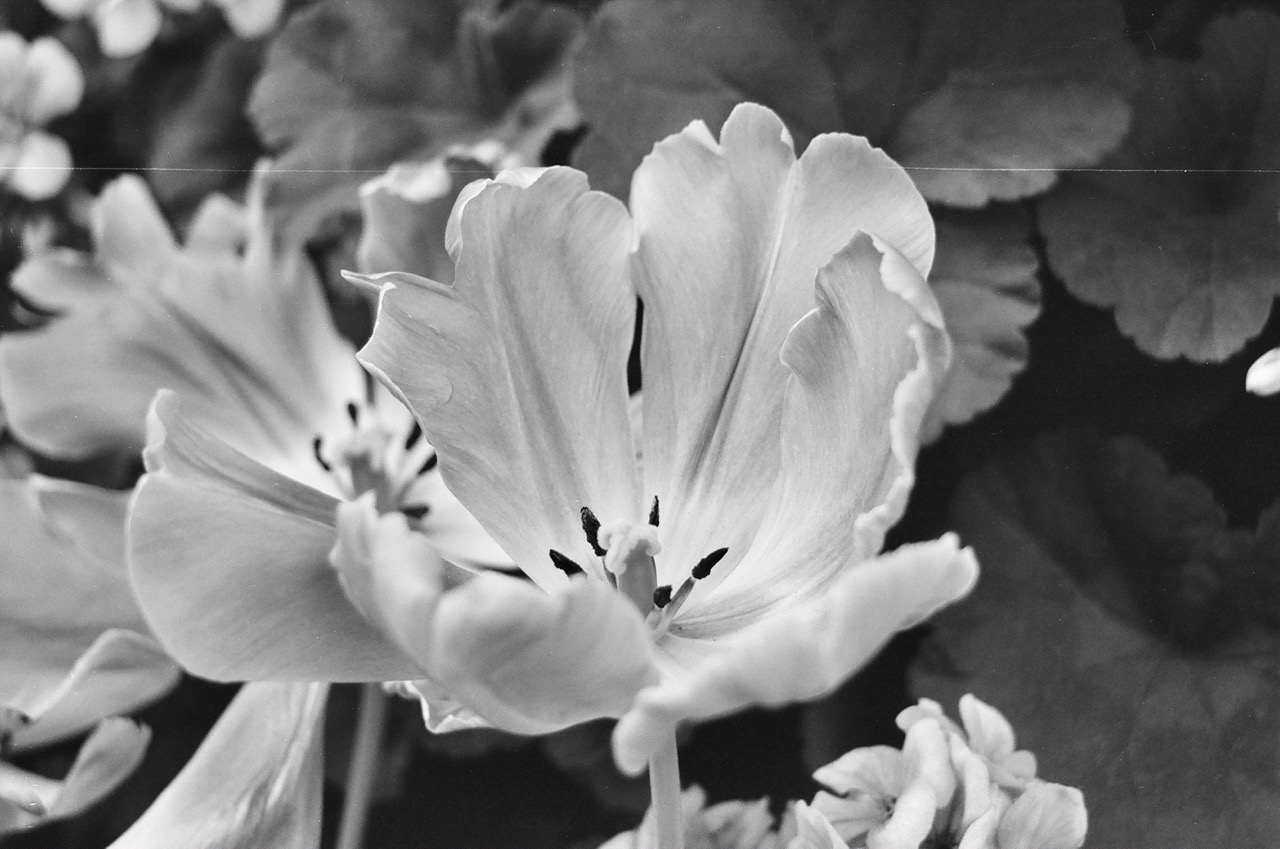
Other than the (fortunate) lens snafu, the other regret was that I didn’t pack the Nikon 70-300mm F4.5-5.6 G VR that Ira gave me for my Nikon D60 (and later D3200) because I thought the lens was too new, but it totally works in that weirdly forward-and-backward compatible way that only Nikon can accomplish. It was a lens he got for his D90 but didn’t like because it was too heavy (it is too heavy). Since my favorite bird shots were all with my longer 70-350mm Sony lens it would have been great to have. Next time.
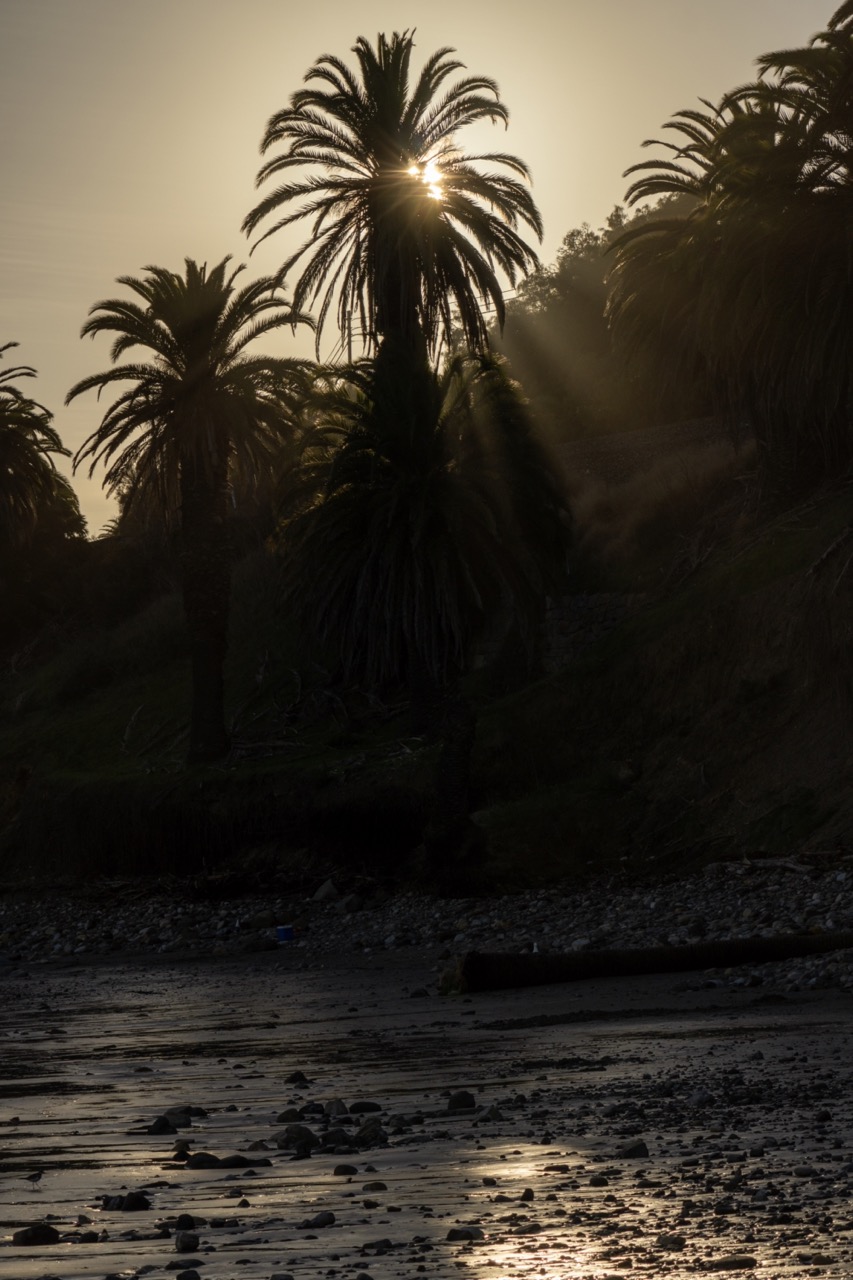
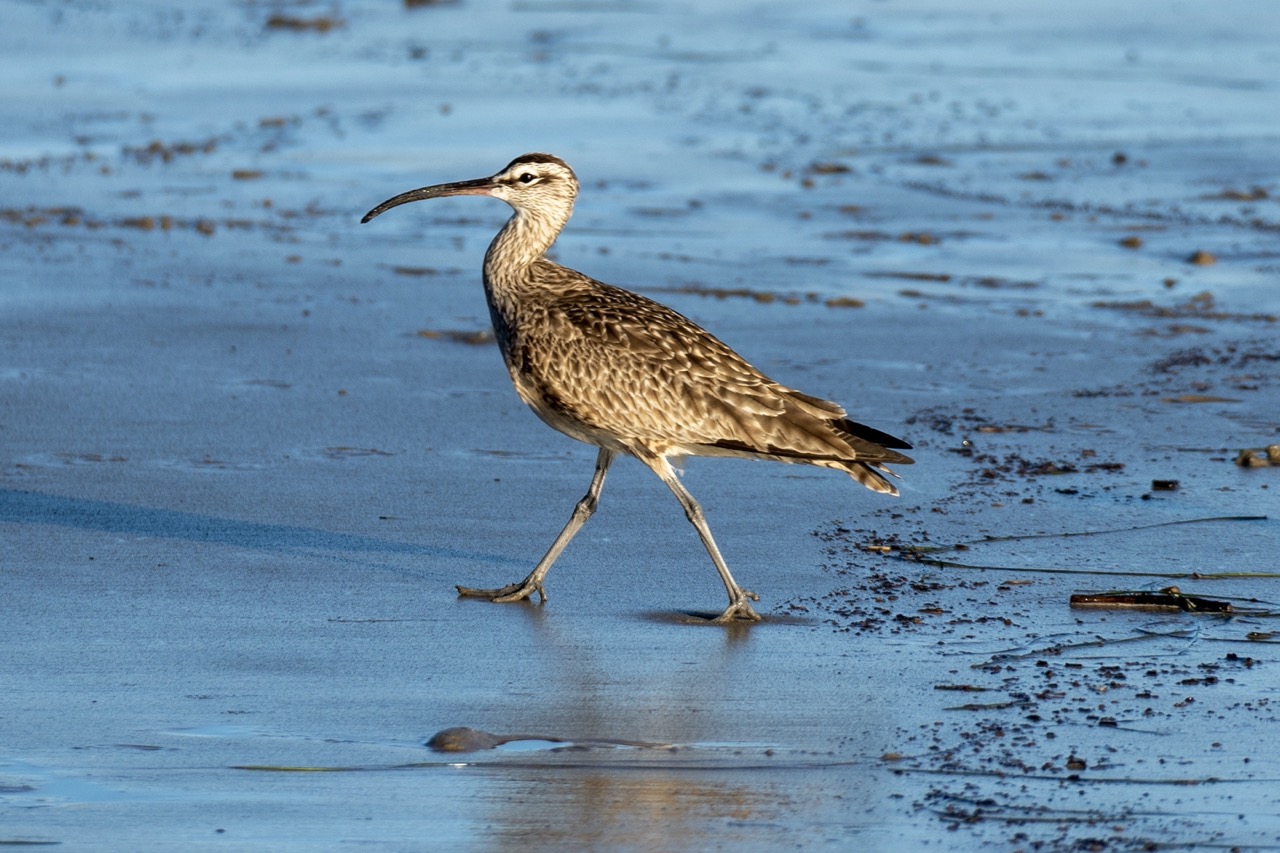
On my most recent trip to Tampa, I went through and created a spreadsheet of where everything was, and what the specs were. It was surprisingly difficult to round up everything until my mom remembered that there was “a box of film” which had a ton of point and shoot cameras in it. I wasn’t able to sort through it all, because it’s decades of film and digital all sitting in a cardboard box. I also cataloged where the DSLRs were because in the span of seven months one of them had been misplaced.
I haven’t shot with any of those DSLRs yet, and there wasn’t room in the luggage for them this time, but at some point I will. I’m interested in the D70 he had, even though it’s 6.2 megapixels, and uses CF cards. He took some great shots in Italy with it. Even though my old Nikon D60 was more advanced in some respects, even though it was a beginner camera. The real missing link I want to try is the Nikon D80, which Ira never had. He went straight from the D70 to the D90.
It’s funny that there’s a retro interest in CCD sensor cameras now that film prices are going up. People claim CCDs look like slide film, and are more film-like than CMOS sensors. As if being like film was the goal of all photography. Ira wouldn’t have really thought that, while he was slow to adopt to new technology he never really took out any of his old stuff, or said that the old cameras shot better than his new ones. What he cared about were the photos he took, regardless of the gear.
There’s some magical thinking when it comes to taking photos. There’s a camera out there that’s the best, or a focal length that’s the best. Some sensor, celluloid, glass that will finally unlock an artist’s true potential. As much as I enjoy reading about it, and watching YouTube videos from people that think that way, I really know that the answer is I just want to shoot with all of it, even if none of the cameras are a perfect one-size-fits-all solution. They don’t have to be. Ira had a lifetime of photos and the early ones or the later ones aren’t any worse or better than the other. Even old digital, or consumer grade film cameras. Taking photos with my a6400 and the N80 side by side just gave me two different kinds of good photos. A weird compression of technological advancement during one sunset. The N80 isn’t magical but I do use it in a different way. Even though the a6400 has nothing to do with Ira, the N80 was like a totem to remind me of him.
When I go I’ll leave these photos and cameras behind too, and maybe my niece will do some retro photography with my a6400 because it captures whatever ineffable quality is missing in future A.R. goggle cams.
I would have loved to talk to Ira about what he thinks about all this.
Category: text